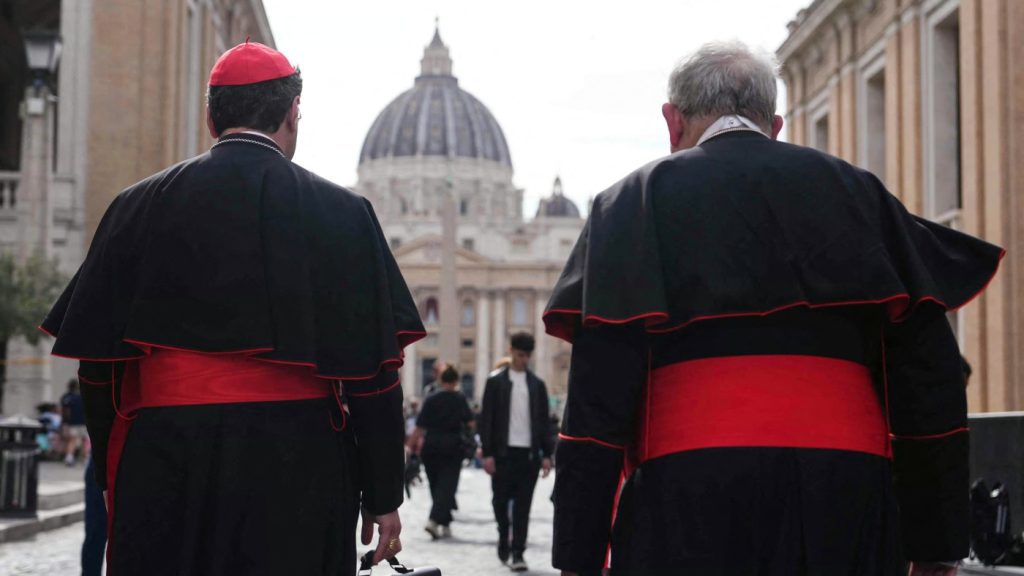Vatican City Awaits New Pope’s Election
As over a billion Catholics globally await the selection of a new pope, all eyes are on the Sistine Chapel, where 133 cardinals will enter the secretive conclave process on Wednesday morning in Vatican City.
This week, St. Peter’s Square has become a hub for pilgrims and journalists as cardinals engage in private discussions about church matters and the traits they hope to see in the next pope. While pilgrims sing sacred hymns, reporters attempt to glean insights from the cardinals regarding their preferences.
Conclave Initiated by Pope Francis’ Passing
The conclave was triggered by the recent death of Pope Francis on April 21 at age 88. He was elected in 2013, marking the first time a pope has come from Latin America.
After nine days of memorial services for Francis, Wednesday will commence with a special Mass for the election of his successor at St. Peter’s Basilica.
Cardinals Prepare for Voting in the Sistine Chapel
Dressed in their red robes, the cardinals will then move to the Sistine Chapel, where they will hear sermons beneath Michelangelo’s awe-inspiring frescoes before beginning the voting process. They remain secluded within Vatican City, completely isolated from the outside world, until a new pope is elected—indicated by white smoke from a chimney on the chapel.
Oaths of Secrecy to Ensure Confidentiality
Following established traditions that have evolved over centuries, cardinal electors are required to take an oath of secrecy and isolation, under penalty of excommunication, as underscored by Pope John Paul II. This requirement adds to the mystery surrounding the conclave, as observed by librarian Gregg Gassman, who edits the Pontifacts podcast.
Voting Process and Timeline
Voting begins on the first evening with just one round, after which black or white smoke signals the outcome. The ensuing votes, typically two rounds each morning and afternoon, continue until a candidate secures a two-thirds majority. If no consensus is reached, the ballots are burnt, producing smoke to indicate the status of the vote. Utilizing chemicals for the smoke—rather than the past practice of burning straw—ensures clarity in signaling.
Process Duration and Announcement
Historically, conclaves since the 1900s have lasted under four days. Once a candidate is elected, they are queried on their acceptance and chosen papal name. Official documents are completed, and the new pope is dressed in papal regalia, which is prepared in various sizes. Shortly afterwards, the senior cardinal deacon will address the crowd in St. Peter’s Square, exclaiming, Habemus Papam! — “We have a pope!” This will be followed by the new pope’s first blessing.



